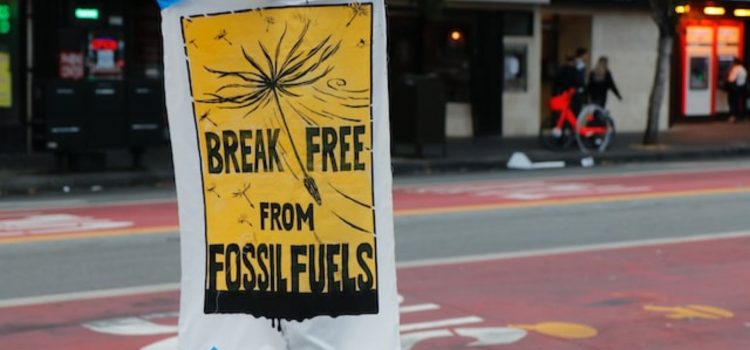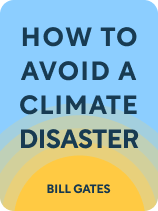

This article is an excerpt from the Shortform book guide to "How to Avoid a Climate Disaster" by Bill Gates. Shortform has the world's best summaries and analyses of books you should be reading.
Like this article? Sign up for a free trial here.
How does burning fossil fuels harm the planet? Is it possible to prevent, or at least, to slow down the damage?
Burning fossil fuels creates greenhouse gases, preventing heat from evaporating into the atmosphere. As a result, the planet’s temperature rises, leading to a host of devastating effects, including rising sea levels, extreme weather fluctuations, and various health risks.
Keep reading to learn about the effects of burning fossil fuels on the planet’s atmosphere.
Fossil Fuels and Global Temperature
Advanced and developing economies rely heavily on fossil fuels (primarily coal, oil, and natural gas) and the energy they release during combustion. Fossil fuels power manufacturing, electricity generation, transportation, agriculture, and almost all activities of daily living in advanced economies. The effect of burning fossil fuels for energy is the release of carbon dioxide, which is a greenhouse gas. Because of their molecular structure, greenhouse gases trap heat that would otherwise radiate out to space in Earth’s atmosphere. The higher the concentration of greenhouse gases in the atmosphere, the more heat is trapped and the warmer the Earth becomes; hence the term “global warming.”
Note: Carbon dioxide is the most abundant greenhouse gas in the atmosphere. Gates often uses the term carbon or carbon dioxide as a catch-all for the warming potential of all the major greenhouse gases (carbon dioxide, methane, nitrous oxide, and fluorinated gases) converted to their equivalent warming potential as carbon dioxide.
Atmospheric carbon dioxide levels skyrocketed in the mid-1800s when fossil fuel usage took off during the Industrial Revolution. Today, humans pump around 51 billion tons of carbon dioxide into the atmosphere yearly. As Gates explains, this additional carbon dioxide has led to an average global temperature increase of 1 degree Celsius since the Industrial Revolution, with the potential to warm by four to eight degrees by the end of this century. A few degrees may not sound like a lot, but for context, Gates notes that there’s only a six-degree difference between the average temperature now and during the last ice age.
| Burning Fossil Fuels Accelerates a Natural Process The carbon atoms in fossil fuels would still end up in the atmosphere even without humans digging them up and burning them, but the process would take much longer. All of the carbon atoms on Earth continuously cycle through four main reservoirs: the atmosphere, living plants and animals, rocks and sediment, and the ocean. While the carbon itself doesn’t change, it bonds to other atoms to form different molecules along the way; for example, carbon dioxide gas in the atmosphere, glucose in plants, calcium carbonate in shells, and limestone and shale in rocks. This circulation of carbon between the lithosphere (rocks), the biosphere (life), the ocean, and the atmosphere is called the carbon cycle. Without human intervention, it would take millions of years for the carbon in rocks and fossil fuels to make its way back to the atmosphere via volcanic eruptions, and the amount of carbon stored in Earth’s crust and the atmosphere would remain relatively balanced. However, humans have accelerated the movement of carbon to the atmosphere by emitting the equivalent of a Mount St. Helens eruption every two and a half hours! (We add over 50 billion tons of carbon dioxide to the 130 to 380 million tons emitted by volcanoes annually.) Since we don’t pull that carbon dioxide back out of the atmosphere, we can think of our reliance on fossil fuels as unbalancing the carbon cycle, resulting in a warmer planet. |

———End of Preview———
Like what you just read? Read the rest of the world's best book summary and analysis of Bill Gates's "How to Avoid a Climate Disaster" at Shortform.
Here's what you'll find in our full How to Avoid a Climate Disaster summary:
- Bill Gates's technology-based strategies for reducing global carbon emissions
- The challenges and limitations that come with fighting climate change
- The roles governments, private entities, and individuals must play to save the planet






